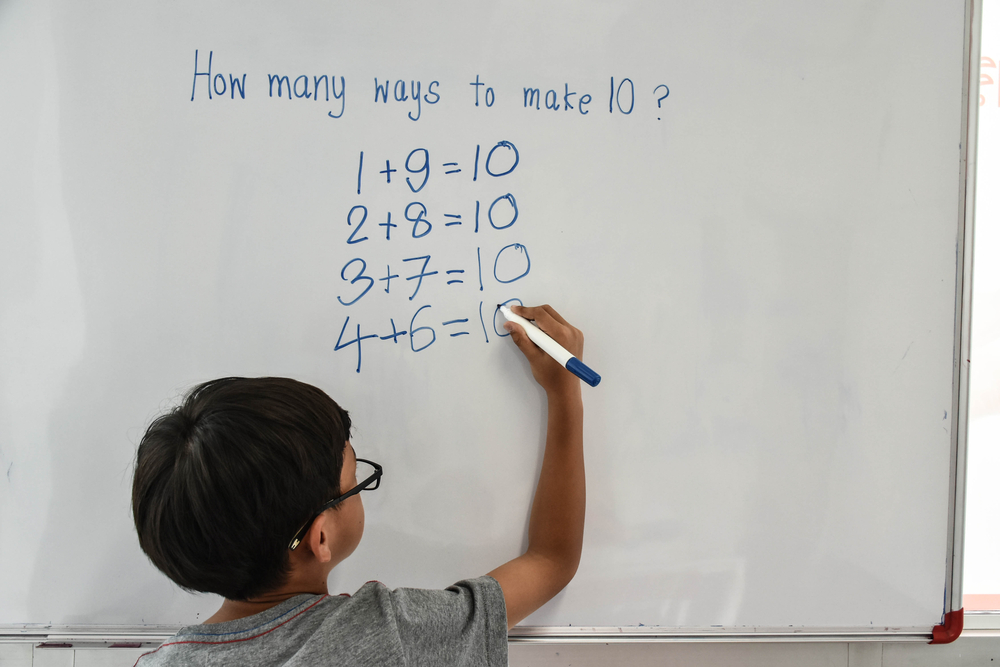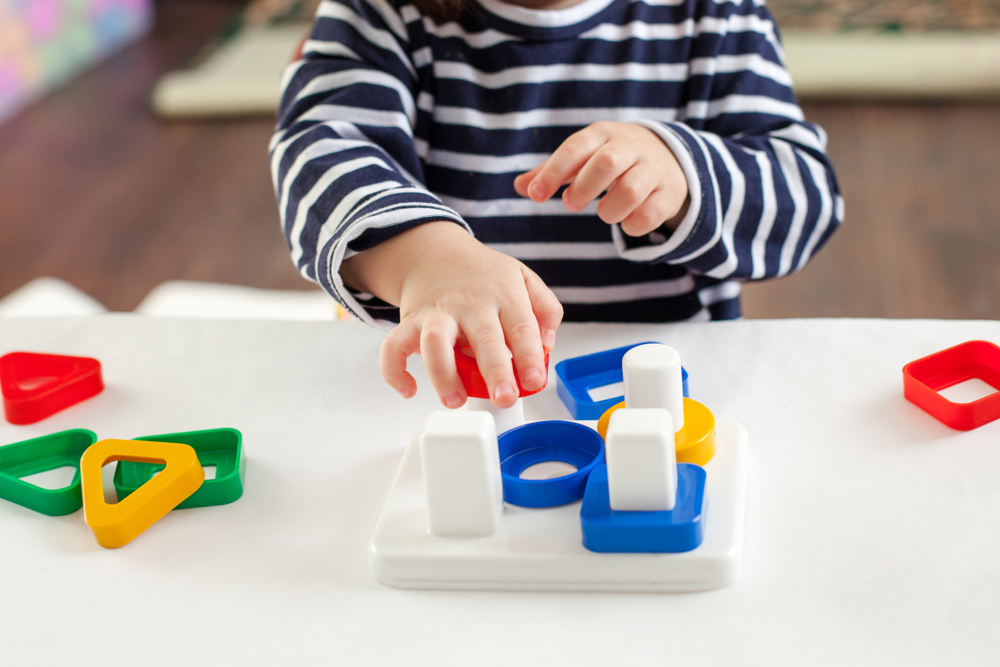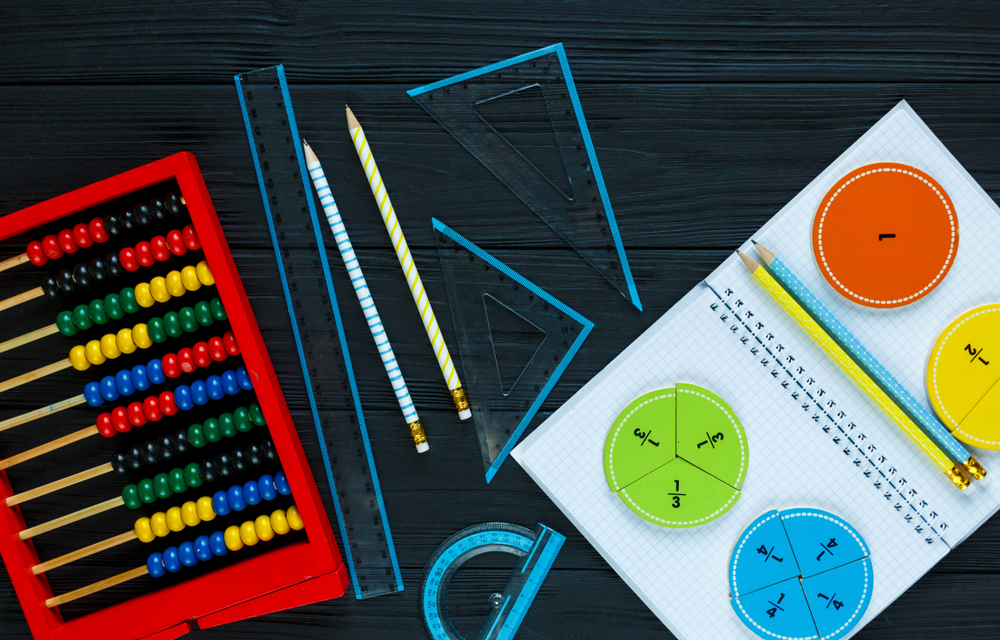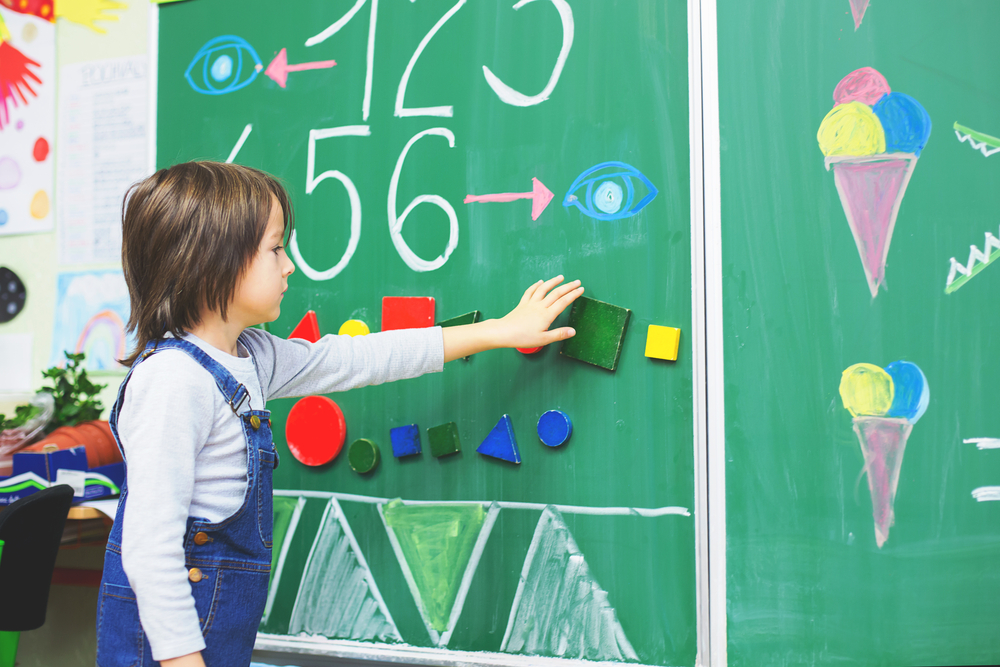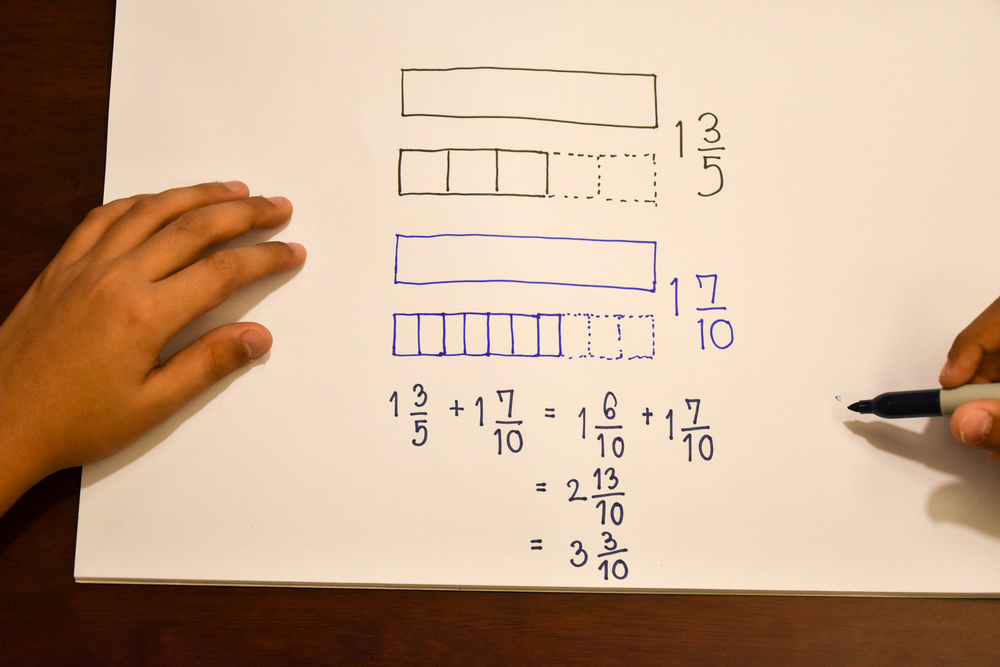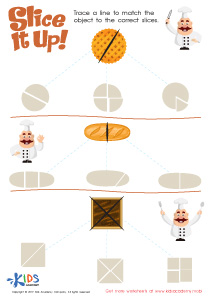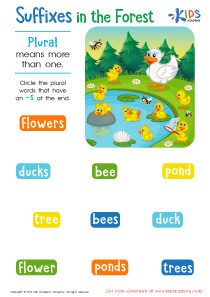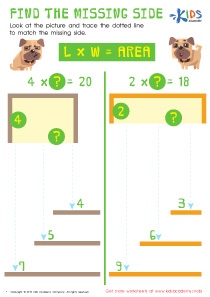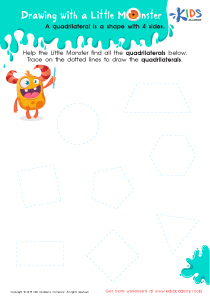Basic Math Skills Easy Fractions of Shapes Worksheets for Ages 7-8
4 filtered results
-
From - To
Unlock the world of math with our "Easy Fractions of Shapes Worksheets" designed specifically for ages 7-8! These engaging and interactive worksheets help young learners grasp basic math skills by exploring fractions through fun and recognizable shapes. Each activity encourages hands-on learning, allowing children to visually comprehend fractions while developing their critical thinking skills. From identifying halves and quarters to shading shapes, our worksheets promote an enjoyable learning experience. Perfect for classroom settings or home practice, these resources support your child’s math journey and build a strong foundation for future math success. Start exploring fractions in a fun way today!
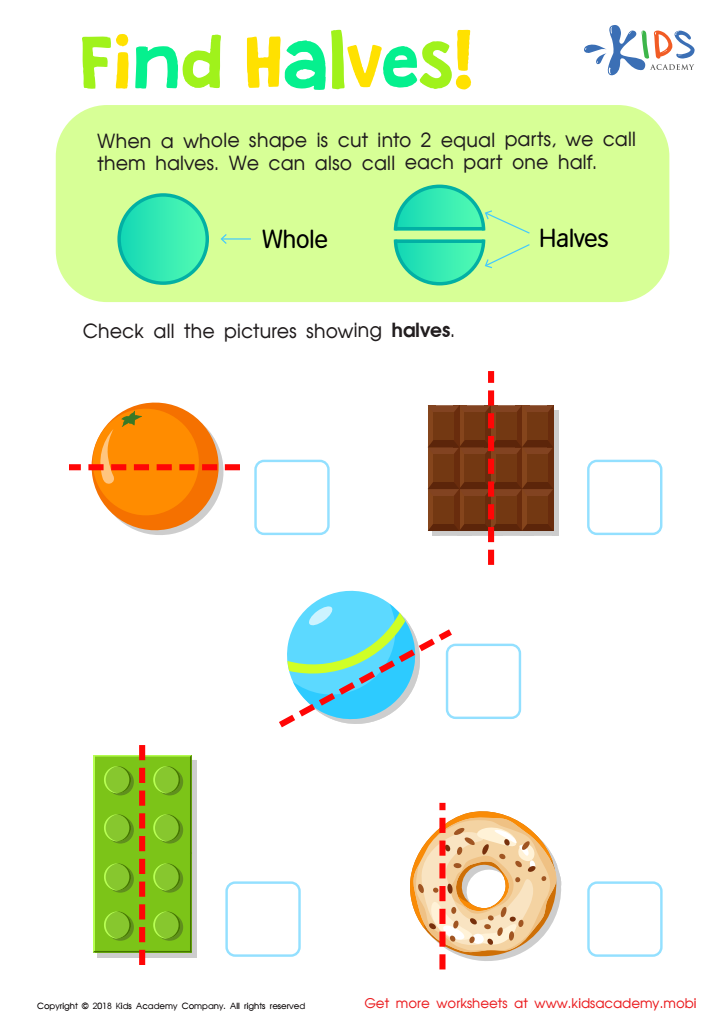

Find Halves Worksheet
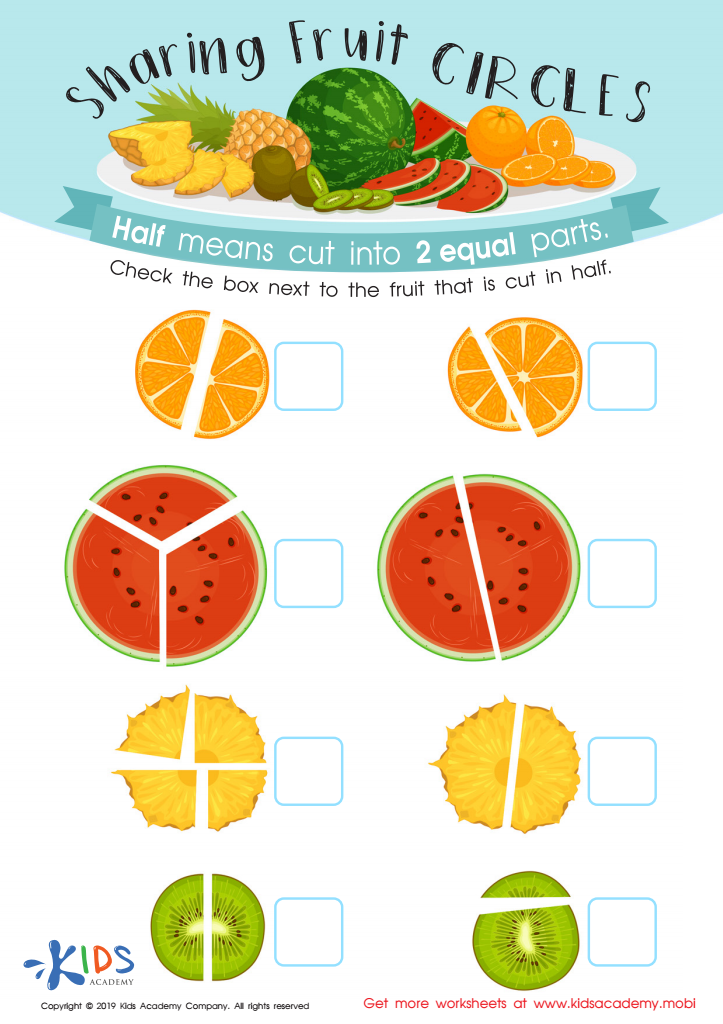

Sharing Fruit Circles Worksheet
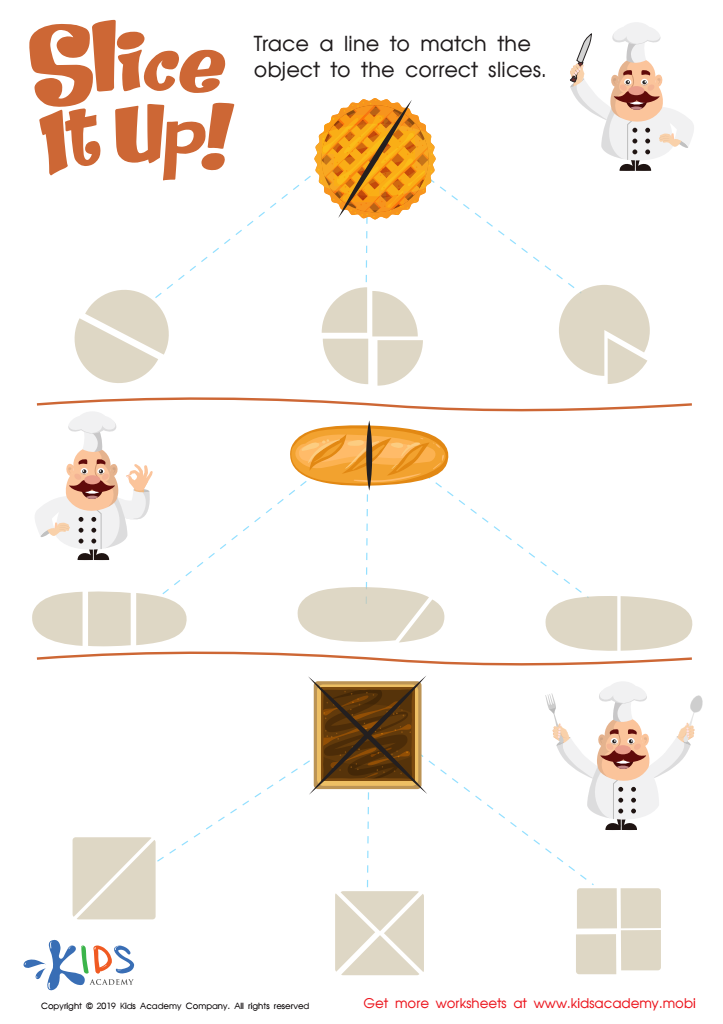

Slice It Up Worksheet
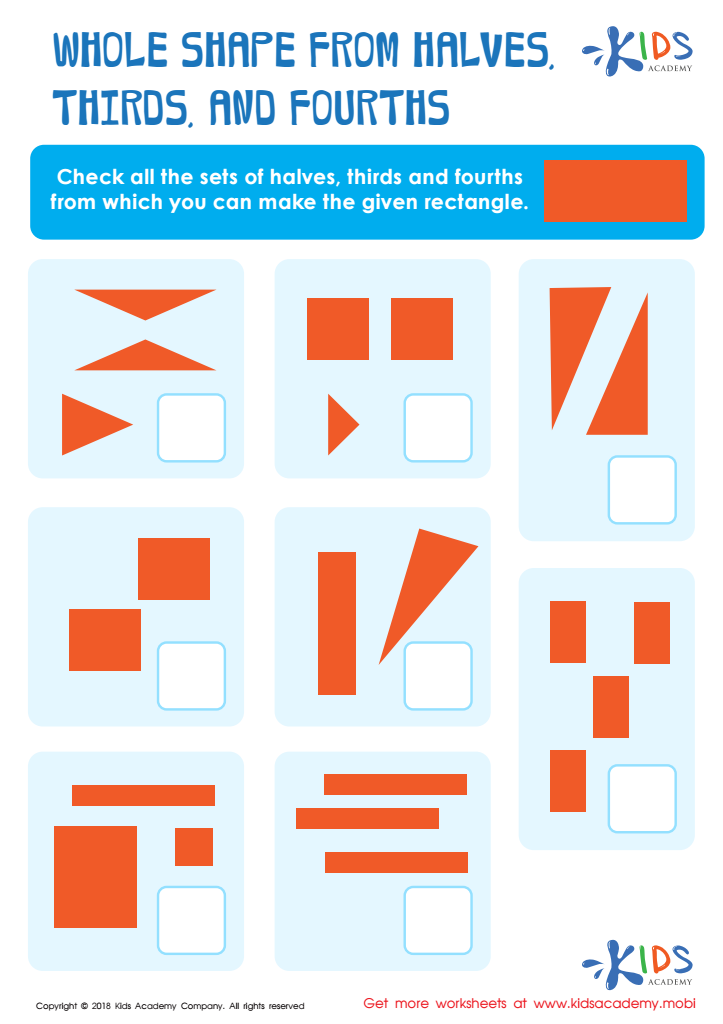

Whole Shape from Halves, Thirds and Fourths Worksheet
Parents and teachers should prioritize teaching basic math skills, particularly easy fractions of shapes, for children aged 7-8 because these foundational concepts significantly influence later mathematical understanding. At this age, children are developing critical thinking and problem-solving abilities, and learning about fractions helps them understand parts of a whole, which is crucial for various real-life situations, such as cooking or dividing materials.
Fractions also enhance students' understanding of more complex mathematical concepts they will encounter later, such as decimals and ratios. Engaging with fractions of shapes fosters spatial awareness and visual learning, enabling children to make connections between mathematics and the world around them.
Furthermore, these skills promote confidence in young learners. Mastery of basic fractions boosts their comfort level with mathematics, reducing anxiety around the subject as they progress in their education. Worksheets, games, and hands-on activities can make learning this concept enjoyable and interactive. Ultimately, a firm grasp of easy fractions provides students with the tools they need to excel in future math courses and supports their overall cognitive development. Therefore, prioritizing these basic skills is a crucial investment in a child’s educational journey and future success in mathematics.
 Assign to My Students
Assign to My Students


